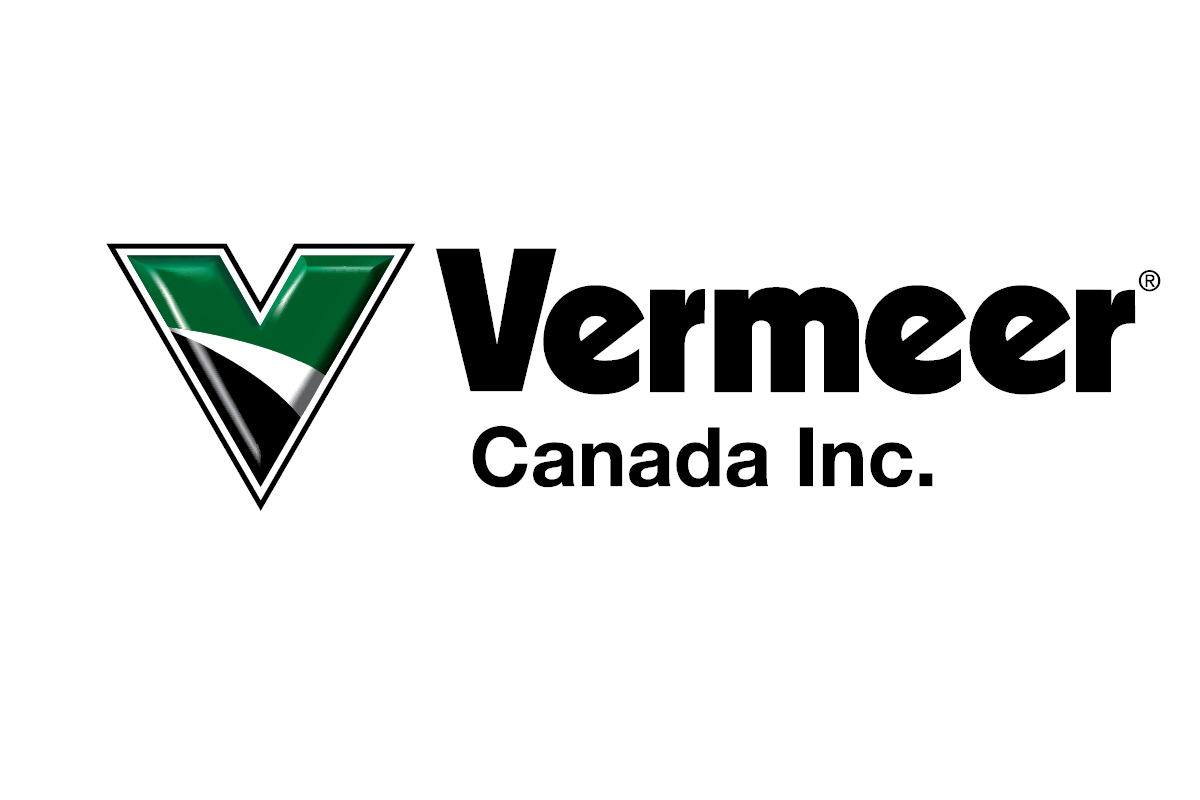
Cobourg, Ontario, Upgrades Problem Manholes with Watertight Systems
In 2010, 2013 and 2017, there were three major floods in the Town of Cobourg, Ontario. The most recent saw 50- to 70-mm of rainfall across a three-day span. Some streets had to be closed, rendered unusable by the flooding.
Cobourg was proactive in advance of these floods, conducting inflow and infiltration flow studies in 2005 and 2006. The studies aimed to determine how much sewer capacity their manholes were costing them annually. The low-lying areas located near creeks, swamps and other waterways — the areas that were targeted in their flow studies — were the most strongly impacted.
RELATED: Access Denied: Manhole Rehab and the Fight Against I/I
The studies gave the Town an idea of the manholes that needed to be repaired, relined or replaced entirely. Town leaders conducted tests in different inflow and infiltration-sensitive areas in the Town and found two manhole locations in particular, located in swamp areas, that were perfect candidates for determining how much inflow and infiltration comes through and around their frame and covers.
Here’s what they were able to resolve: the only thing preventing inflow and infiltration were the dead leaves around the existing manhole frame and covers and in the holes of the covers themselves. Because surface inflow is easier and less expensive to remedy than infiltration that occurs underground through pipe joint, crack leaks, and root intrusions, the flow study was an excellent opportunity for the town
The Town discovered another issue through these flow studies: as the season transitions from winter to spring, meltwater significantly increases the amount of inflow and infiltration in their sewer systems.
When the weather gets warmer towards the end of winter, the snow and ice melt, causing an influx in groundwater that needs to go somewhere. Because snow is often plowed into the middle of cul-de-sacs, these were some of the areas most affected by meltwater.
Although some meltwater will find its way into storm systems, some will inevitably run into the sanitary sewer systems throughout the municipality. Once this happens, the extraneous water will then be sent to the wastewater treatment plant. Each treatment plant has a rated capacity for how many cubic metres it is able to treat per day, and there are times when these amounts become too high and exceed the plant’s peak flow rate.
Jennifer Leno, Environmental Technician with the Town of Cobourg, stated that the amount of wastewater that is treated on any given day can vary dramatically depending on the environment and weather conditions — anywhere from 9,000 cubic metres per day on average up to 40,000 per day during a significant rain event. Losing this much sewer capacity can be very expensive for a municipality and affect future development.
Old Adage Needs an Update
Various water treatment methods, such as heating water to purify it, date as far back as the ancient Greeks in 2000 BC. There is an old adage dating back to the 1950s, however, which is more relevant to our situation today: The solution to pollution is dilution.
The thought process back then was that the best way to handle sewage (as well as other forms of pollution such as air) was to dilute it somehow. In the case of sewage, this was often done by running the sanitary sewer lines into the clean waterways within any given municipality. That’s one of the reasons there are so many manhole frames and covers located next to waterways. It was determined over time, and with the exponential growth of communities, that this was not an effective solution. Municipalities then began directing these sewer lines to the water treatment plants instead of directly into the waterways.
Although water treatment plants date as far back as the 1800s, the thought process was not the same as it is today with regards to keeping our waterways free of sewage and other harmful substances. These manhole locations next to waterways oftentimes become covered in water as the water level rises due to excessive rainfall and meltwater. Cobourg’s leaders realized that something needed to be done to prevent these inflow and infiltration compromised locations from generating an excessive treatment cost.

The Public Works Department for the Town of Cobourg, Ontario, is in the process of replacing 150 manholes in its floodplain area.
The Solution
The types of inflow and infiltration sensitive areas described above can be addressed through the use of watertight manhole frame and covers. The Lifespan System from Hamilton Kent was one of the solutions that the town of Cobourg used to stop surface level inflow in these areas.
The Lifespan System is a watertight, corrosion-proof, non-conductive locking rubber manhole frame and cover system that prevents rain-derived inflow from entering sanitary sewers through the top of the manhole.
Aside from robbing a sanitary system of its capacity, infiltration can also cause erosion of fine materials from the soil envelope, which in turn leads to voids in the surrounding backfill and possible pavement degradation. A key advantage of a watertight manhole system is that it dramatically lessens the effects of pavement pancaking and deterioration since infiltration is drastically reduced around the frame and cover. “The pavement is still pristine around the Lifespan System locations installed in-road after nearly 5 years,” says Leno.
RELATED: The Keys to the Growth of the Manhole Rehabilitation Market
The Town of Cobourg is planning to install 25 watertight manhole solutions each year over the next several years until they have finished replacing approximately 150 manholes that are in the Town’s floodplain areas and near the town’s four creeks.
Because Cobourg officials found a way to reduce the amount of inflow and infiltration coming through manholes, lost sewer capacity has been restored, development has progressed and the underground rehabilitation of the wastewater collection system can be addressed at a more reasonable and financially feasible rate. Construction or expansion of wastewater collection systems could be done years — and potentially decades — in the future.
Jason Clowater is business development manager at Hamilton Kent.




